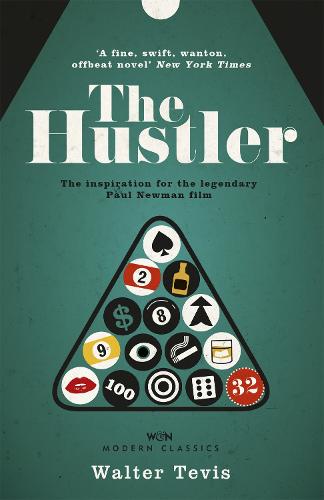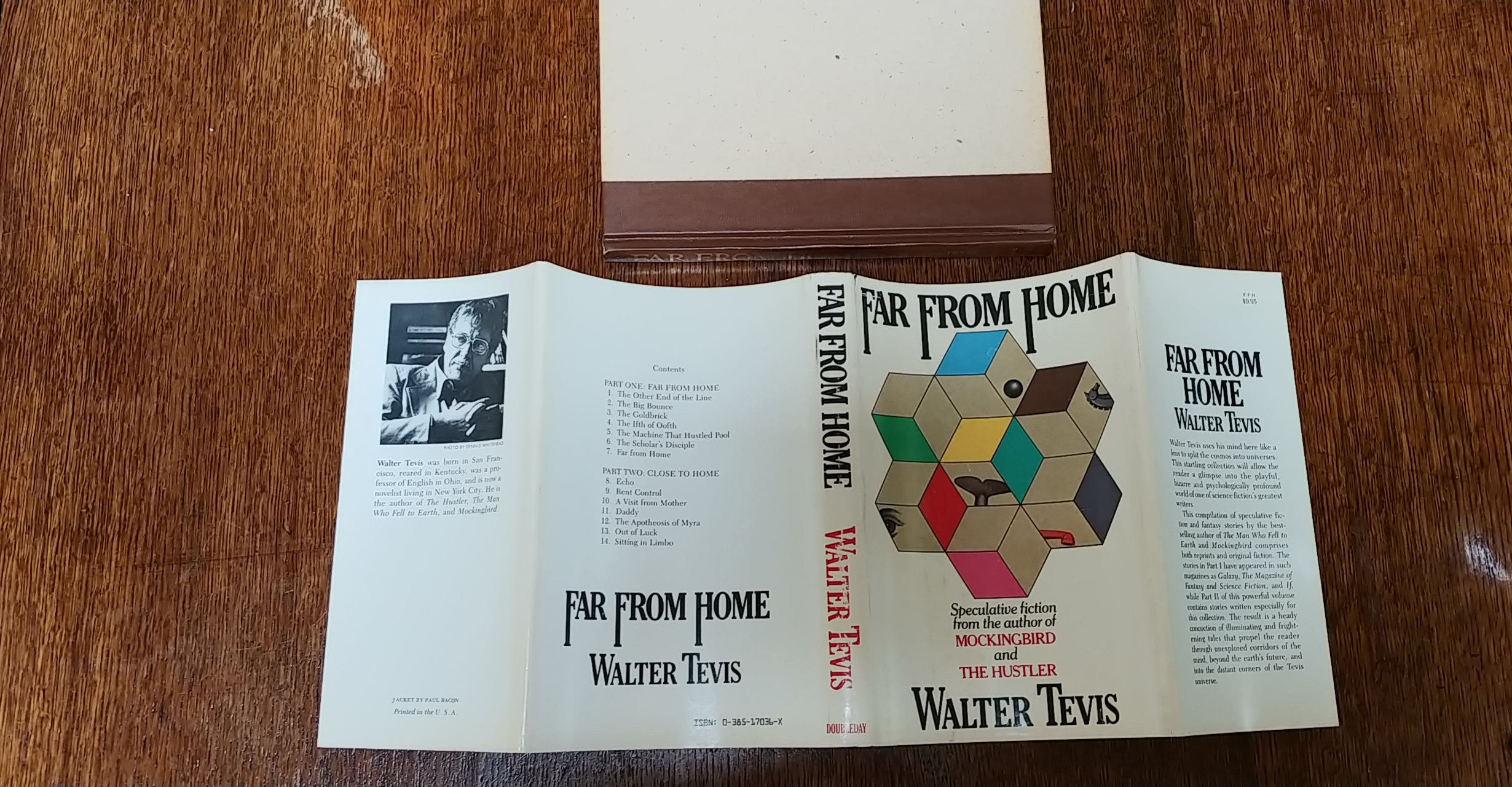
Michael Ondaatje (the renowned author of, among many works, “The English Patient”), no slouch himself, introduced me to ‘The Queen’s Gambit.’ He just pulls you in sentence by sentence until you are so inside his story you forget about everything else. “He’s one of those writers whose craft is so artful it doesn’t look like art.


“Tevis was a master storyteller, says Horberg. It has been a wildly fruitful “connection.” As Horberg and most anybody in the movie business will tell you, not all good books make good movies. It felt like good karma to us that, through Bruce working with us on the show, we had made this direct connection to Tevis.” “Then Bruce told us the biggest surprise of all: the manuscript had a different name at that time, and Pandolfini was the one to suggest to Tevis that he title the book ‘The Queen’s Gambit.’“ When the book was finally published, Bruce found that Tevis had included exactly none of his suggested revisions to the chess games, but he had adopted his suggested title. But over the course of a few months of meetings, he warmed to Bruce, and allowed him to make corrections to the manuscript. It was a shotgun marriage, and Tevis, who was a good amateur player himself, wasn’t too thrilled to have anyone looking over his shoulder. “He had been hired by the book’s publisher to be Tevis’s consultant, to help him get the chess right in the final revisions of his manuscript. “Bruce revealed a surprising fact,” Horberg said. Those two created “Queen” and Frank wrote and directed all the episodes. They lunched in New York with Scott Frank and Allan Scott. He is one of the series’ three executive producers and a Chicago born and raised filmmaker.

I got insight into how some of this worked from William Horberg. Naturally, changes were made to the book on its trip to the screen. It does not mention “The Queen’s Gambit,” which is, you might say, ironic because that book - his title - has spent many recent months on the paper’s bestseller list. Tevis’s obituary in the New York Times was only five paragraph long. His 1984 “The Color of Money,” a sequel to “The Hustler,” was made into a 1986 Martin Scorsese film with Newman reprising his Fast Eddie opposite a hyperactive, pool playing Tom Cruise. His 1963 novel, “The Man Who Fell to Earth,” was made into a 1976 movie starring David Bowie.

In it, Hill writes, “Two major successes under (Tevis’s), he took a job teaching English at Ohio University in Athens, Ohio, where he taught classes during the day and drank during the night.” You can piece together your own biographer of the man from various sources or read David Hill’s biographical story on The Ringer. His was a life peppered with drugs and booze, lousy parents, all manner of insecurities, and a wife, two children and five grandkids.


 0 kommentar(er)
0 kommentar(er)
